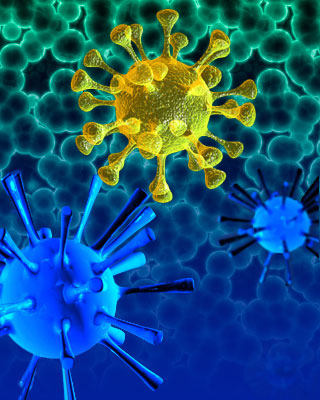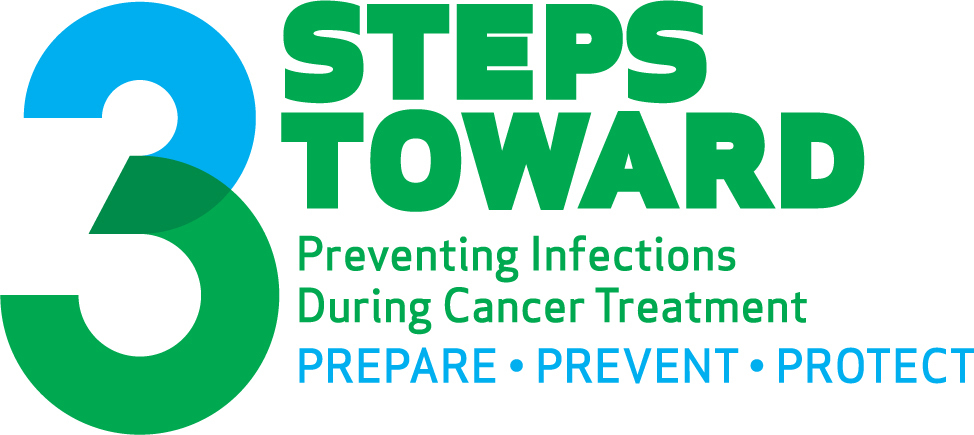 It’s important for you to understand what an infection is before you learn about the things that might put a person at a higher risk for getting one. An infection occurs when germs enter a person’s body and multiply, causing illness, organ and tissue damage, or disease.
It’s important for you to understand what an infection is before you learn about the things that might put a person at a higher risk for getting one. An infection occurs when germs enter a person’s body and multiply, causing illness, organ and tissue damage, or disease.
It’s also important for you to know that an infection can lead to a potentially life-threatening complication called sepsis. It’s very important to call your doctor immediately if you get an infection or develop any other signs or symptoms of an infection.
Some common germs and infections include the following:
- Bacteria: Very small microorganisms. Some types of bacteria enter the human body from the air, water, soil, or food, and can cause infections and disease. Common bacterial infections include pneumonia, bronchitis, and ear infections.
- Virus: A very simple microorganism that may cause illness or disease. Viral infections are passed on from other people. Common viral infections include the common cold, herpes, and flu.
Your immune system helps your body protect against these germs. Cancer and chemotherapy can damage this system, reducing your number of infection-fighting white blood cells and making it harder for your body to fight infection from germs.



